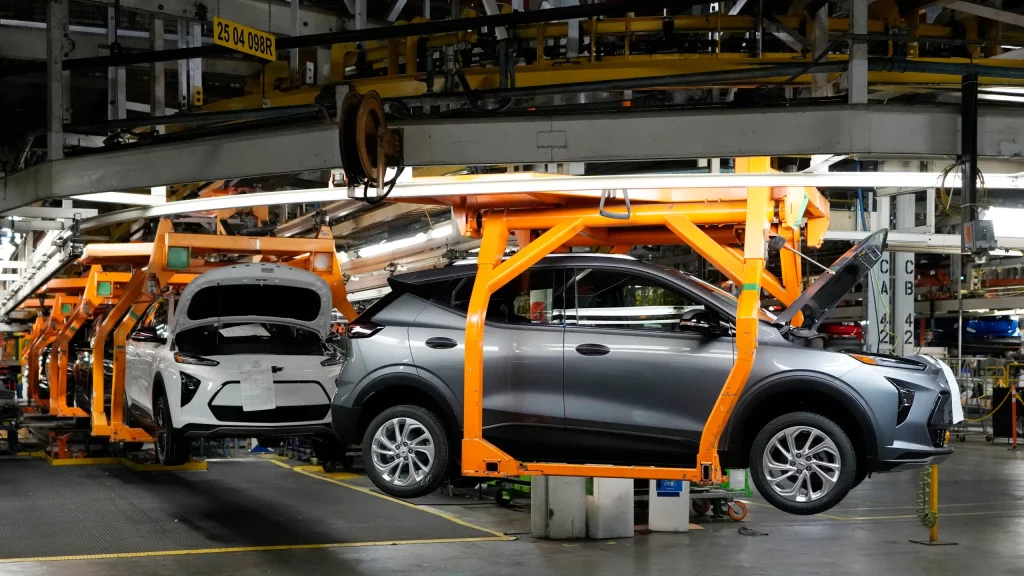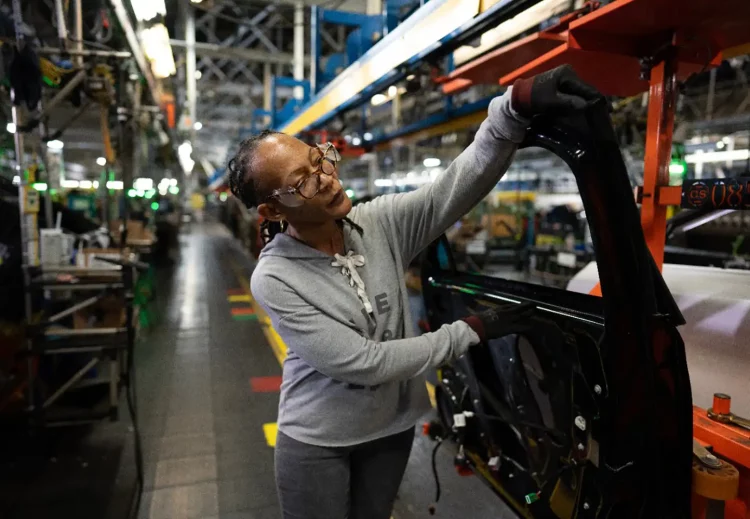The concept of ‘Chindia’—the combined economic force of China and India—has long been viewed as a driver of global growth, with their intertwined manufacturing, trade, and investment dynamics influencing supply chains worldwide. However, in 2025, emerging evidence suggests an accelerating economic decoupling between these two giants. This split is not just a geopolitical headline; it has profound implications for manufacturing hubs, semiconductor ambitions, and supply chain arbitrage opportunities shaping global trade patterns. Understanding the nuances of this decoupling is crucial for investors, multinational corporations, and policymakers aiming to navigate the evolving Asia growth landscape.
Comparative Manufacturing PMI Analysis
Purchasing Managers’ Indexes (PMIs) provide a timely barometer of manufacturing sector health and momentum. Analyzing the latest 2025 PMIs for China and India reveals a clear divergence. China’s manufacturing PMI, while stabilizing after the post-COVID slump, remains subdued compared to previous decade highs. Structural pressures such as slowing export demand, rising labor costs, and regulatory tightening in key industrial zones are weighing on output growth. In contrast, India’s manufacturing PMI has shown consistent month-over-month gains, fueled by domestic demand expansion, ongoing reforms in infrastructure and labor laws, and a rapidly growing middle class demanding consumer goods.
China’s PMI hovered around 50.5 in early 2025—barely above the contraction threshold—signaling stagnant factory activity in traditional export hubs like Guangdong and Jiangsu. Meanwhile, India’s PMI surged to levels above 55, indicating robust expansion. This divergence reflects the broader transition underway: China is pivoting towards a consumption and services-driven economy, while India remains in the industrial catch-up phase, aggressively scaling up manufacturing capacities.
Sectoral breakdowns further illustrate the split. China’s electronics and machinery manufacturing sectors show signs of saturation, while India’s automotive components, textiles, and pharmaceuticals sectors are expanding rapidly. India’s investment-friendly policies and Special Economic Zones (SEZs) have attracted significant foreign direct investment (FDI), helping to build supply chain resilience that some multinational companies once relied on China for. This shift in manufacturing momentum underscores a deepening decoupling between the two economies’ industrial outputs.
Semiconductor Self-Sufficiency Timelines
The semiconductor industry stands at the epicenter of the Chindia decoupling debate. Both China and India have announced ambitious plans to reduce their dependence on foreign chip imports, but their timelines and strategic approaches differ markedly.
China’s “Made in China 2025” blueprint and its subsequent National Integrated Circuit Plan have funneled over $150 billion into semiconductor R&D, fabrication plants, and equipment procurement over the past decade. Yet, despite massive capital inflows, China remains years behind the world’s semiconductor leaders in advanced node manufacturing capabilities. Supply chain constraints from U.S. export controls, restricted access to cutting-edge lithography machines, and the complexity of scaling wafer fabrication technology have slowed progress. Industry insiders project that China may achieve partial self-sufficiency in mature nodes by 2027–28 but will struggle to independently produce leading-edge 3nm and below chips before 2030.
India’s semiconductor ambitions, while newer, take a complementary approach focused on chip design, assembly, testing, and manufacturing of mature and specialty chips used in automotive, telecom, and consumer electronics sectors. With government incentives such as the Semiconductor Mission and Production Linked Incentive (PLI) schemes totaling $10 billion, India aims to become a global hub for assembly, testing, and packaging by the late 2020s. However, India currently lacks the advanced manufacturing ecosystem required for cutting-edge chip fabrication, relying heavily on technology transfer partnerships and foreign joint ventures.
This difference in focus and capability leads to a form of industrial decoupling where China targets upstream semiconductor manufacturing autonomy, while India carves a niche in downstream chip production and assembly. Multinationals have started diversifying their Asian supply chains accordingly, sending wafer fabrication R&D and advanced foundry investments increasingly towards Taiwan, South Korea, and Singapore, while India becomes a hub for testing, packaging, and some specialty chip design.
Supply Chain Arbitrage Opportunities
The accelerating Chindia economic decoupling presents nuanced arbitrage opportunities for companies seeking to optimize supply chains in the post-globalization era. Rather than an outright zero-sum game, many firms are adopting a “Chindia plus” approach—leveraging strengths from both countries to build resilient, cost-efficient manufacturing footprints.
Labor cost differentials are a key factor. India’s manufacturing wages remain on average 20-30% lower than comparable Chinese cities, offering an attractive arbitrage for labor-intensive sectors like textiles, apparel, and basic electronics assembly. For businesses facing margin pressures in China due to rising wages and compliance costs, shifting labor-intensive production stages to India can deliver substantial savings. Meanwhile, China continues to dominate capital-intensive, high-automation manufacturing, benefiting from its mature supplier ecosystem and scale advantages.

Logistics and infrastructure challenges in India—such as inconsistent power supply, transport bottlenecks, and less developed port facilities—remain barriers to rapid scale. However, aggressive public investment in industrial corridors, expressways, and port upgrades is closing these gaps quickly. Recent initiatives like the Dedicated Freight Corridors (DFCs) and the Mumbai-Delhi industrial corridor have improved goods movement efficiency, making India a more viable alternative for export-oriented production.
The supply chain arbitrage extends to sourcing of raw materials and intermediate goods. China’s dominance in rare earth elements, battery manufacturing, and chemical inputs continues to provide critical upstream components. Indian manufacturers often depend on these Chinese supplies but are simultaneously developing alternative sourcing strategies from Southeast Asia and domestic mining projects to mitigate geopolitical risk.
Some multinational companies are also splitting manufacturing stages between the two countries—conducting R&D, design, and higher value-add processes in China while outsourcing assembly and testing to India. This nuanced division reduces overreliance on a single hub and spreads geopolitical risk while optimizing cost and quality trade-offs.
Risks and Long-Term Outlook
The Chindia decoupling story is not without risks. Both countries face domestic challenges that could slow their economic trajectories. China’s demographic headwinds, regulatory unpredictability, and environmental constraints threaten growth sustainability. India’s infrastructure gaps, bureaucratic hurdles, and workforce skill mismatches present execution risks. Furthermore, global geopolitical tensions—especially between the U.S., China, and India—introduce uncertainty into supply chain realignment plans.
Nevertheless, the fundamental forces driving the Chindia decoupling—strategic autonomy ambitions, geopolitical competition, and evolving industrial policies—are likely to persist. For investors and corporations, understanding this bifurcation means reevaluating supply chain models, regional partnerships, and investment strategies to capture growth in a more fragmented but opportunity-rich Asia.
The decoupling does not signal the end of economic cooperation between China and India. Rather, it marks a transition toward differentiated specialization and selective collaboration. Those who can navigate the complexities of this evolving dynamic will be well-positioned to capitalize on the coming decade’s reshaped Asian economic landscape.














































